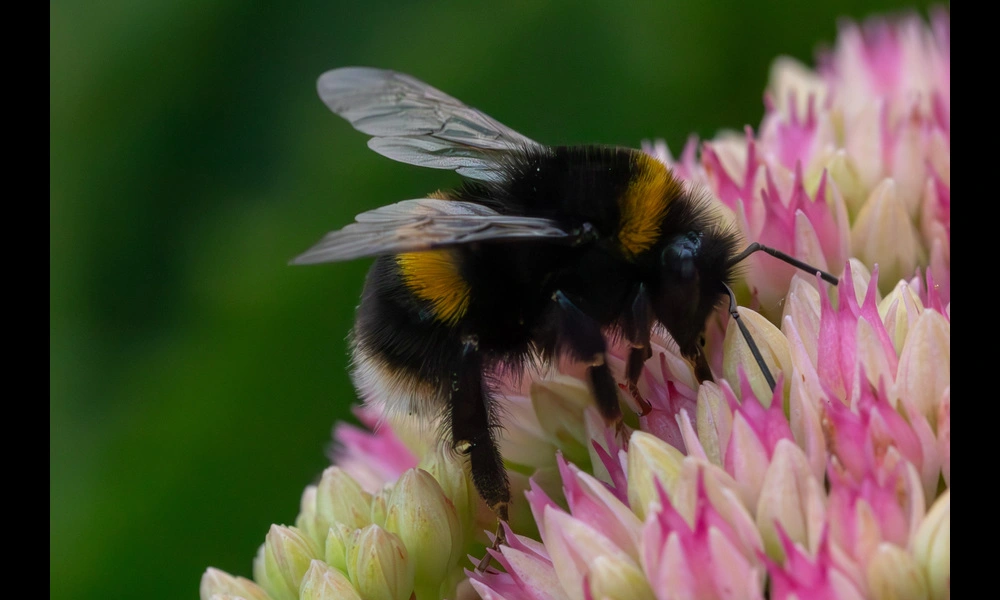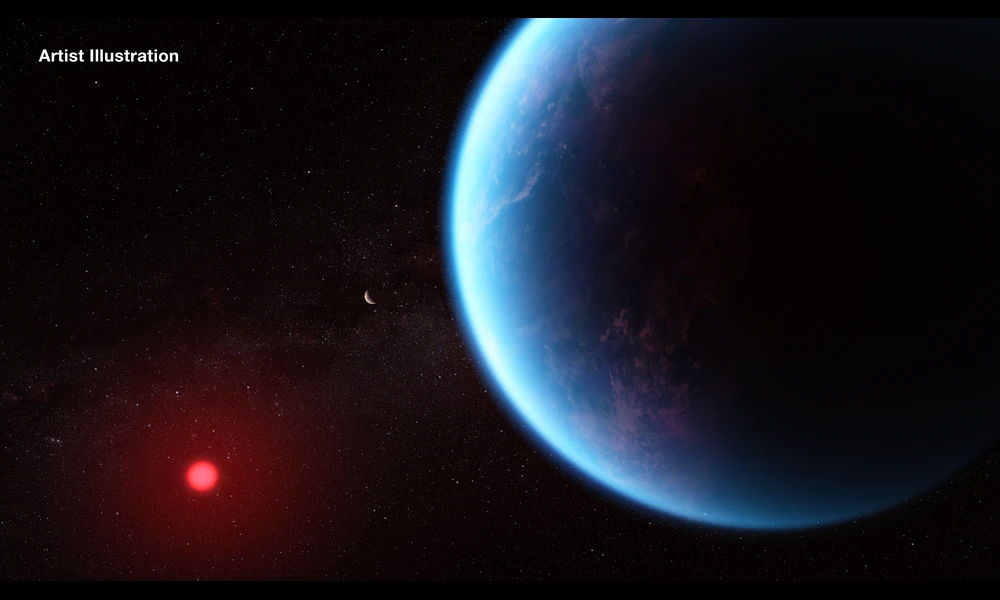Would Bees Rather Be Frogs or Birds?
Published on Fri Dec 22 2023 White-tailed Bumblebee on Sedum | Nigel Hoult on Flickr
White-tailed Bumblebee on Sedum | Nigel Hoult on FlickrIn a groundbreaking study that turns the spotlight on how bumblebees navigate through cluttered environments, researchers from Germany and France have revealed surprising insights that challenge longstanding assumptions in the field of animal navigation. Traditionally, it was believed that bees rely mainly on ground-level, or 'frog’s-eye views' to locate their nests. However, recent evidence suggested they might also use 'bird’s-eye views' - perspectives from higher altitudes for long-distance navigation. This intriguing premise led to an experimental dive into the bees' world, which combined computational modelling and behavioral experiments to see what strategies these insects employ when their homing paths are strewn with obstacles.
At first glance, simulations indicated that snapshot models, which assume insects learn and navigate through stored visual cues, favored bird’s-eye views for successful homing in clutter. However, when put to the test in the real world, bumblebees told a different story. The study discovered that regardless of whether bumblebees were trained with bird’s-eye perspectives or restricted to frog's eye views, they predominantly relied on the latter to pinpoint their home among the underbrush. This stands in stark contrast to the model predictions and suggests a possible blend of navigation tools at play, rather than a reliance on a single perspective. The dynamic navigation approach of the bees might even inspire technological advances in autonomous flying robots by imitating how natural systems navigate three-dimensional spaces.
These findings touch not only on the biology of bees but on the broader ecological interactions and adaptive behaviors of various animals navigating through complex environments. The implications extend well into the field of robotics and technology, hinting at a future where machines might mimic such natural processes more intricately. As the research community buzzes with excitement over these new revelations, the paper stands as a testament to the surprising and complex capabilities of these tiny navigators and underscores the limitations of current navigation models in capturing the full spectrum of animal behavior in three-dimensional spaces.



